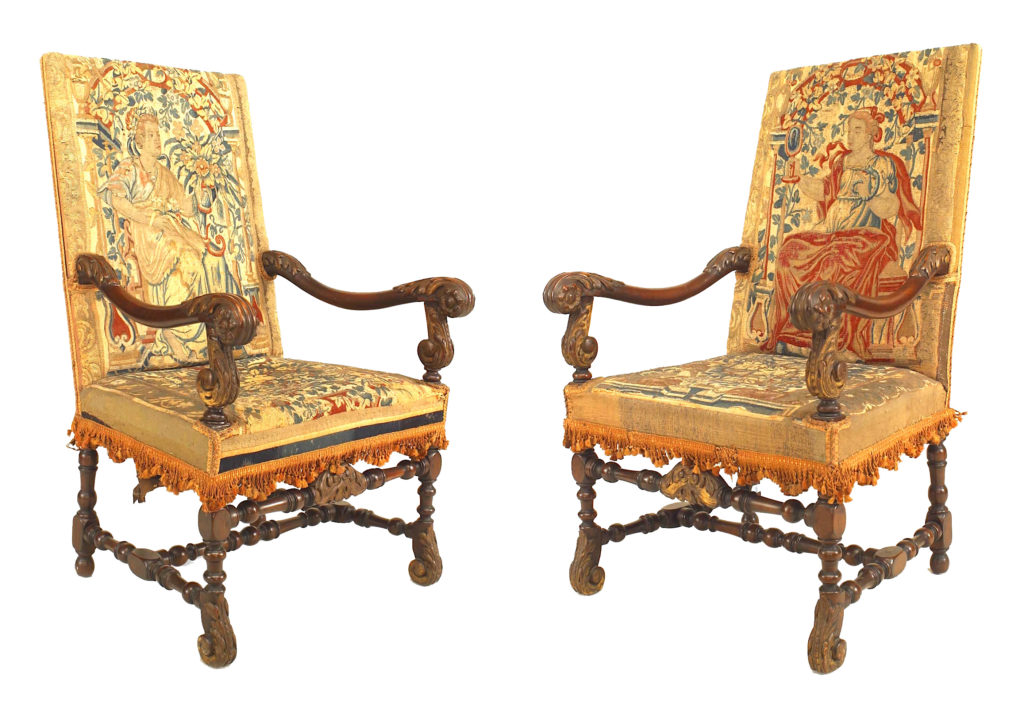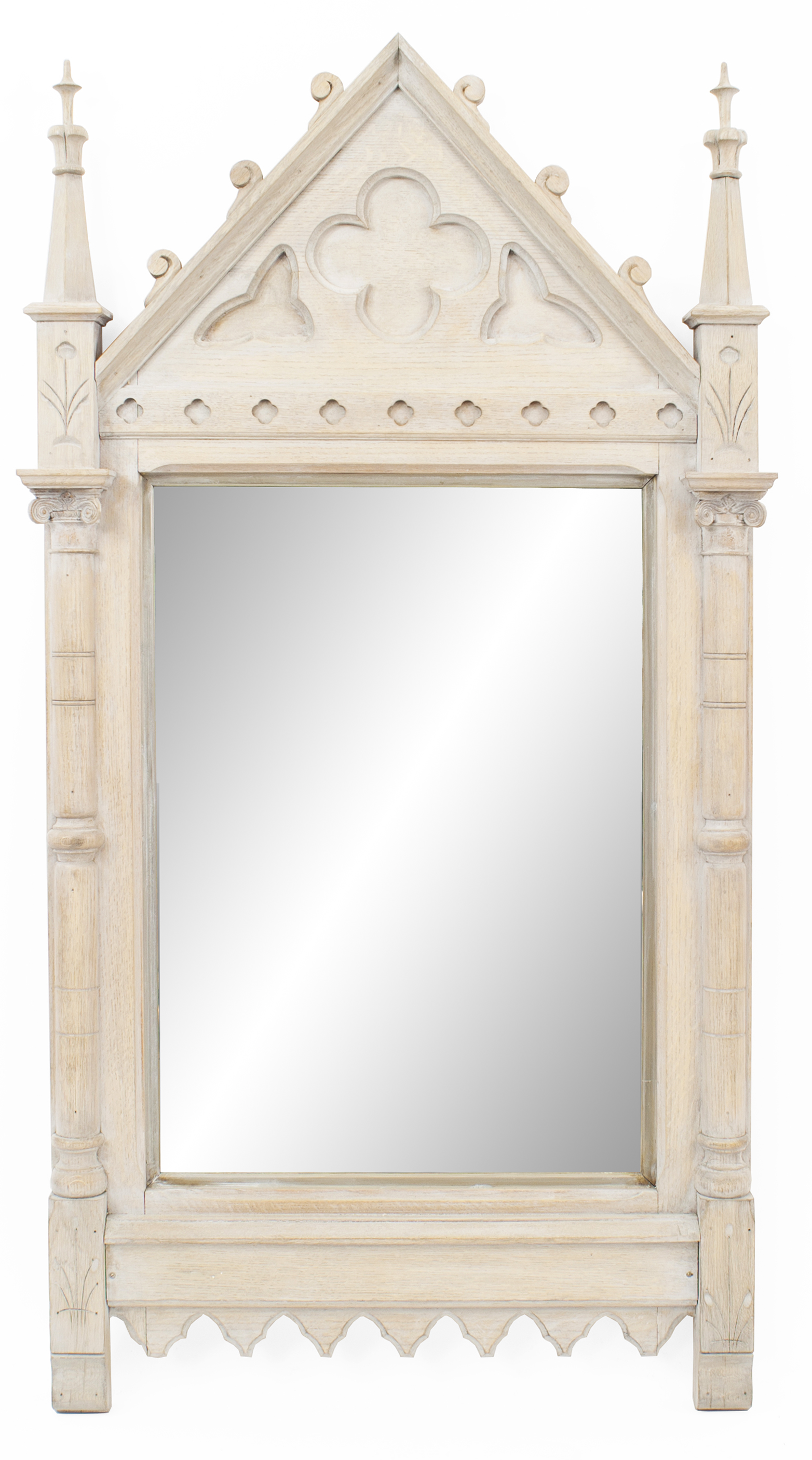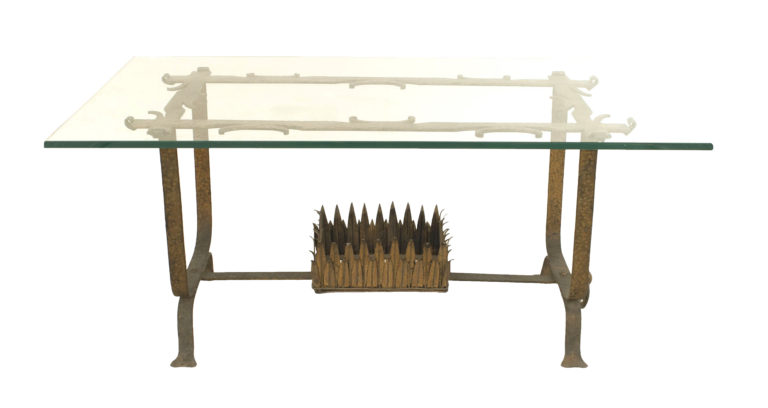Our love for Renaissance and Gothic styles is no secret, and as relentless enthusiasts of authentic and revival antique pieces, nothing gets us more excited than experimenting with our own inventory. These opportunities allow us to take creative license with history, and in a way, rewrite it creatively through one of our true passions here at Newel – construction + deconstruction of vignettes! Renaissance & Gothic design have always inspired us, and we’re proud to call Newel a home to so many revival pieces of both eras.
Origins, Evolution + Revival of Renaissance & Gothic Styles
12th Century
Evolving from earlier Romanesque architecture, Opus Francigenum (later known as “Gothic”) is a style that originated in France and spread throughout Europe, and ultimately inspired centuries of art and design.
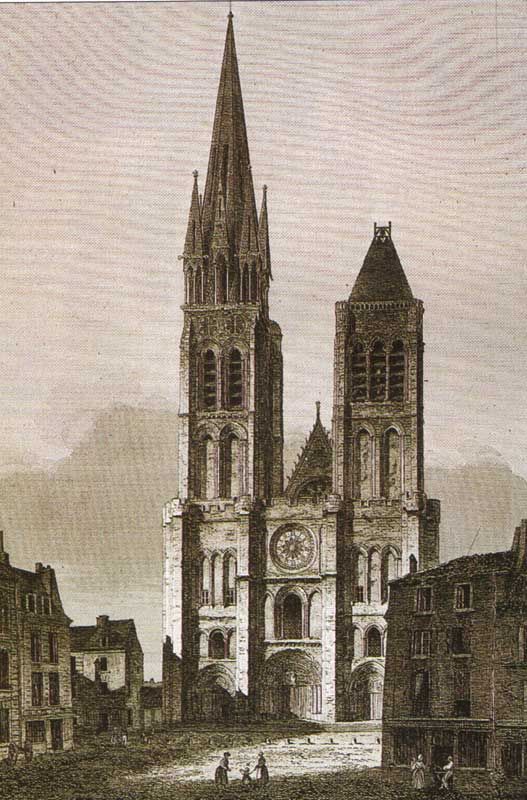
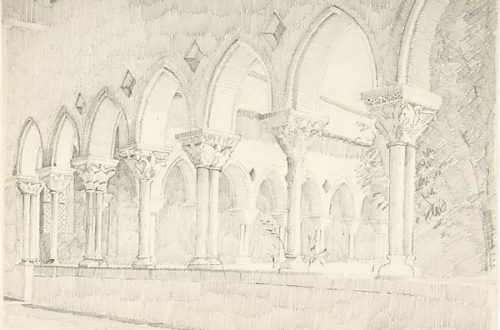
13th Century
Gothic architecture spreads through France, primarily in the construction of cathedrals, and features such as rib vaults and the flying buttress become characteristic of the period.
14th Century
The Renaissance style is born in Italy, inspired by the art & architecture of ancient Rome. Stained glass windows become a staple of gothic cathedral architecture, and the Notre Dame Cathedral becomes a staple of this period known as “Rayonnant” (Radiant).

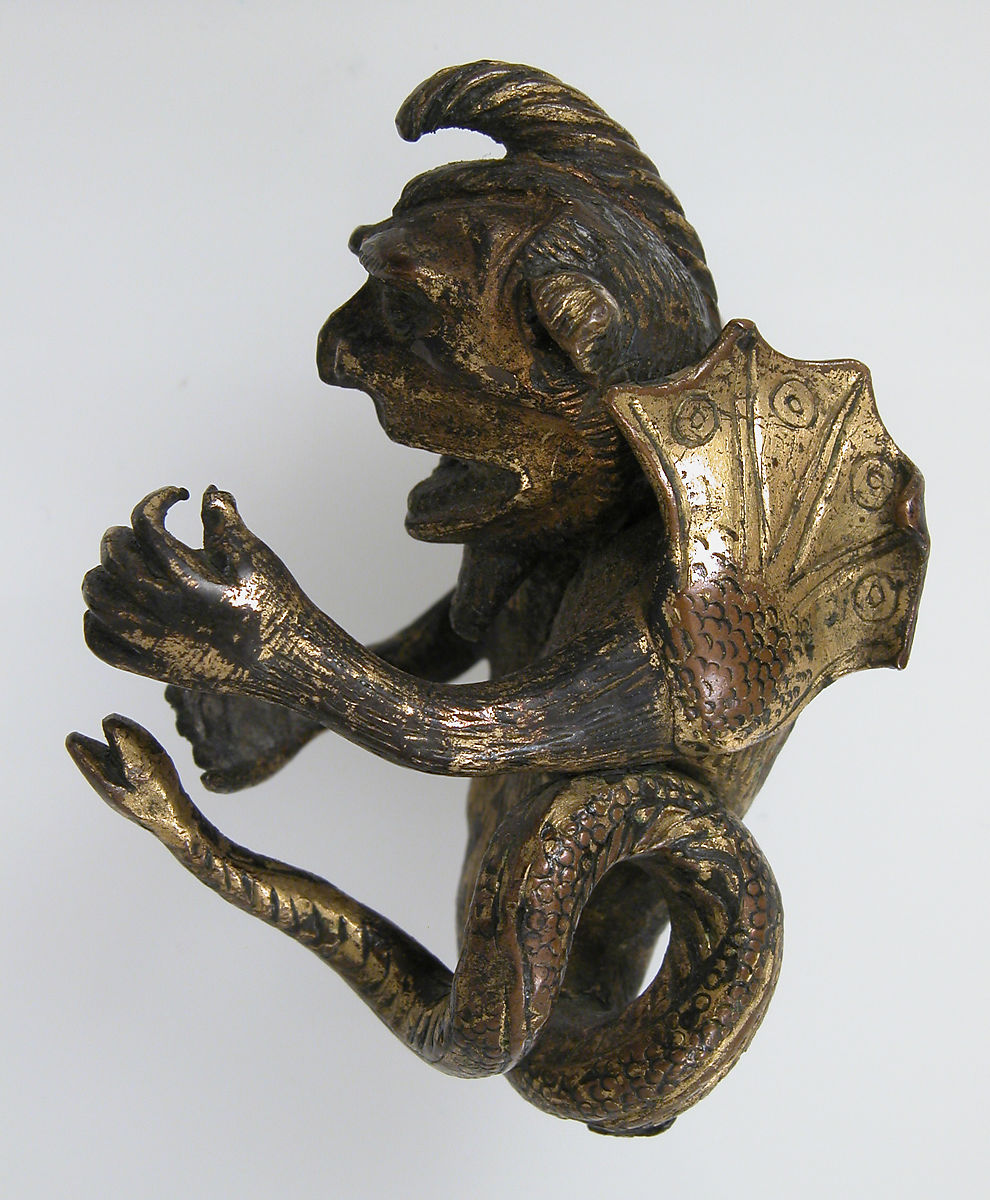
15th Century
Discovery of ancient Roman wall paintings, known as “Grotesques”. Grotesques became a characteristic of art during the Renaissance period.
16th & 17th Century
The Renaissance style arrives in England, in large by foreign European artisans working in London. English designers became heavily inspired by the engraved Strapwork motifs often found in books.
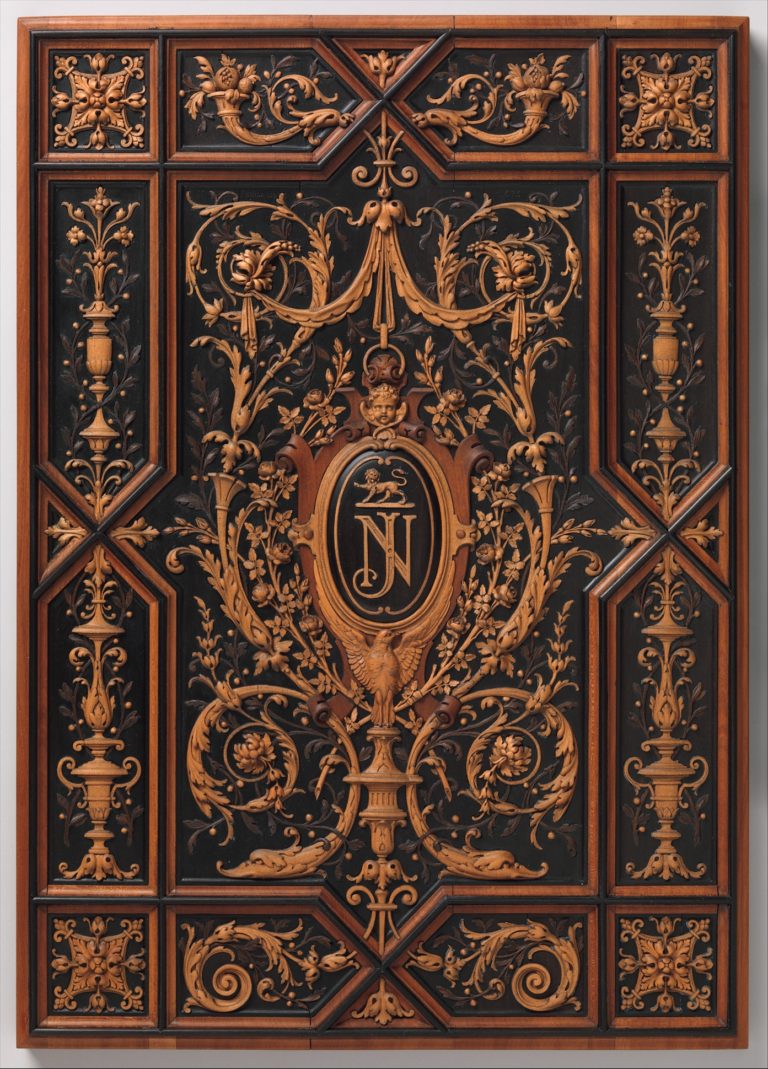
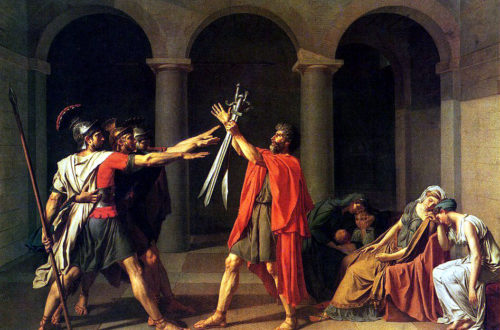
18th Century
Neo-Classicism is born in England and France during the mid 1700’s, as a result of exposure abroad of young Europeans of these regions to Renaissance art in Italy.
19th Century
Architectural discoveries in Italy inspired the minds of some of the greatest designers of this time, and technological advancement in manufacturing led the way for a revival of the Renaissance style.
English artist / architect Augustus Pugin plays a key role in pioneering the Gothic Revival and inspires peers to incorporate fundamental principles of Medieval Art into their work.
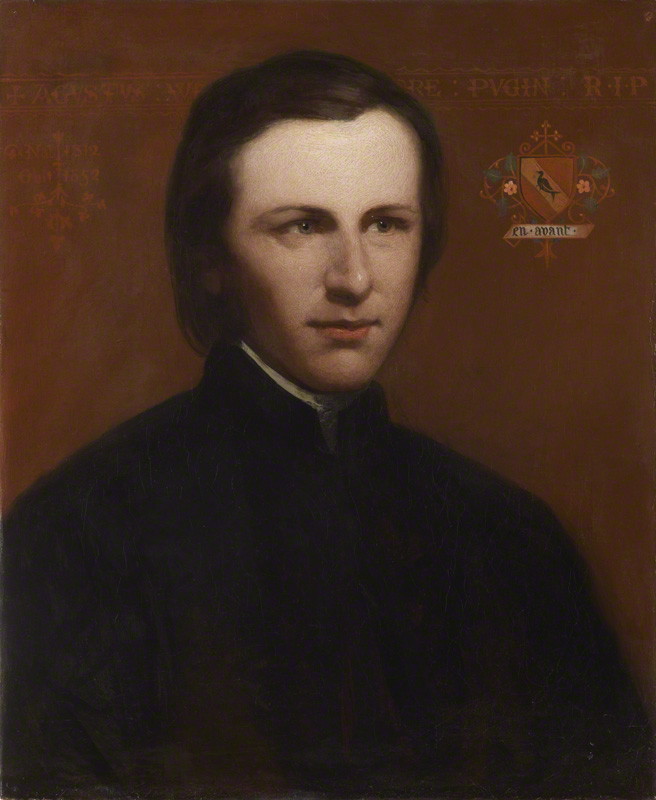

20th & 21st Century
The similarities in inspiration from which both periods draw creates a parallel appeal among art & antiques collectors and help define the foundation of Newel’s pre-Victorian collection of decorative arts.
Renaissance Style Features
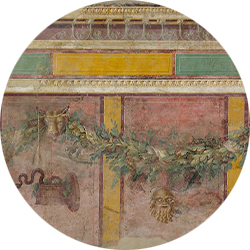
Grotesques
Fantasy-inspired creatures, masks, scrolling plants, figures and vases were common themes throughout Renaissance art, design & architecture
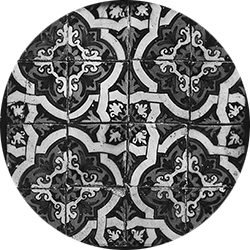
Strapwork
Ornamental ribbon-like forms used throughout history in art and design and a prominent technique used during the Renaissance, to give the look of woven pieces of leather, metal or parchment

Roundels
A common theme found in ancient Roman coins, and eventually Renaissance art, roundels portray groups of women and men gathered in circles

Architectural Elements
Pointed arches and steep roofs, as well as motifs and decorative patterns rooted in Medieval design are prominent themes

Painted Furniture
Furniture imitates art…elaborately painted scenes that emulate the painting styles of the day are characteristic of Gothic Revival furniture pieces
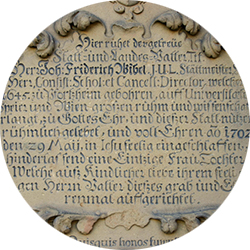
Blackletter
Furniture & ornamental décor incorporates heavy, intricate carvings of Gothic Script / lettering paying homage to the Gothic era
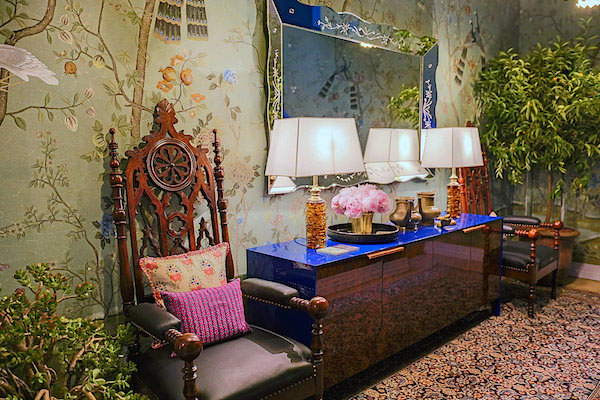

Kati Curtis Design’s Kips Bay Showhouse “Path to Enlightenment” themed room featured
a pair of English Gothic Revival chairs (since sold) and an English Gothic Revival Bench (still available #037660) from Newel.



